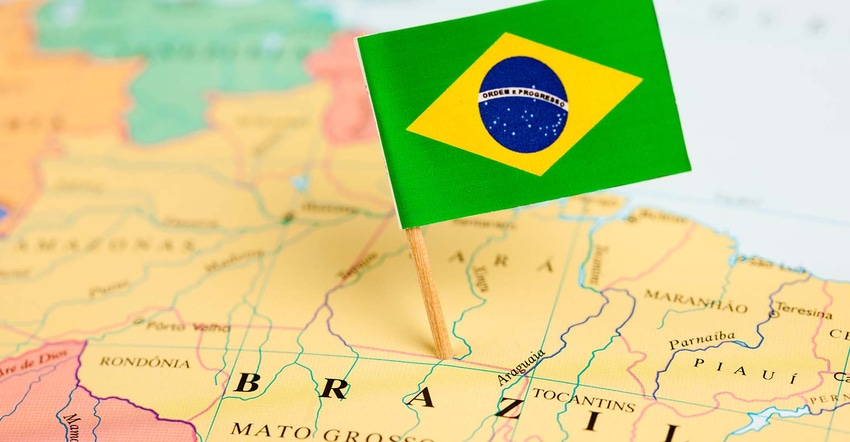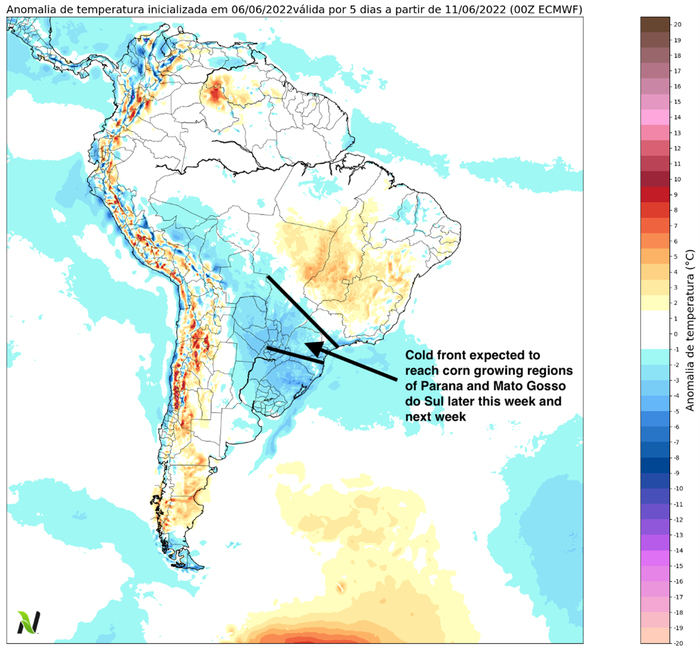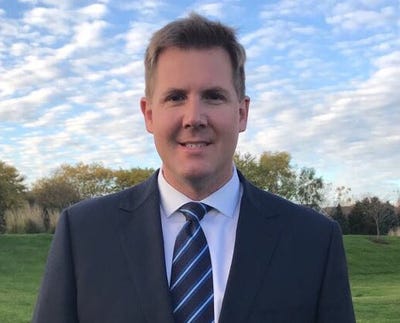
Mato Grosso is leading the way with Brazil’s second crop corn harvest. We expect them to surpass 10% this week. Surrounding states like Minas Gerais and Parana have not yet begun and won’t get going until later this month.
Farmers with storage will be eager to get the crop out soon so as not to lose moisture weight. As the crop has reached maturity and the rainy season has ended, things turn bone dry. On the extreme opposite, some farmers without a place to store grain are in no rush, opting to take moisture losses in exchange for avoiding storage costs by leaving the fields unharvested. With no rain to worry about, I have seen fields sit unharvested for several months.
IMEA’s released their most recent crop estimate for Mato Grosso showing a modest decline from 39.34 MMT to 39.15 MMT. While they reduced the state yield by 1.7 bpa to 101 bpa, they offset much of that by boosting planted area by an additional 182,000 acres. We will likely continue to see additional declines in production.
I drove by some corn fields in Minas Gerais this weekend, none of which were any good. Minas Gerais planted most fields in March and only got enough rain for the corn to successfully germinate and not much else. The best fields I saw will probably produce only half of their potential.
Much of what I saw will be a total loss and will not be worth running the combine through. Those fields that won’t be combined will essentially act as a cover crop for the soybeans that will come to follow in October when they go to plant.
I did see a couple of nice sorghum fields which would indicate small grains have a better chance of performing on the average as they require less rain and grow faster. The rainy season just doesn’t last long enough to ensure a decent second crop of corn year in and year out in certain areas like Minas Gerais and Bahia.
Brazilian weather forecast
Forecasts show a couple of cold fronts returning to Southern Brazil but are not expected to be as intense as the cold front from last month. The first one arrives this weekend and the second on June 20. They will reach corn areas in Parana, the western part of Sao Paulo and the southern region of Mato Grosso do Sul, however, they are not expected to have a negative impact on yield, in part because the crop cycle is more progressed than last year at this time. In fact, the cold front has been bringing more rain to these areas which if anything could boost grain fill. Rain totals of 0.5 to 1 inch covered the state of Parana earlier this week with an additional one to two inches seen reaching much of Mato Grosso do Sul next week.

This rainfall will continue to improve crop ratings where the state of Parana’s latest “safrinha” corn reported at 82% good to excellent, 15% average and only 3% poor.
Corn prices in Mato Grosso are trading between $7.80 and $8.42 cash, however farmers are holding out for the psychological level of 100 reais per sack which equates to $8.86 per bushel. Additional sales are slow as the harvest unfolds with farmers only 30% sold compared to 60% last year at this time.
Cash flow will mostly dictate when the farmers make sales as they would like to hold onto the grain into the off season for better prices, but they need to think about purchasing inputs for next season already.
Matthew Kruse is President of Commstock Investments. You can sign up for their report at www.commstock.com.
Futures trading involves risk. The risk of loss in trading futures and/or options is substantial and each investor and/or trader must consider whether this is a suitable investment. Past performance is not indicative of future results. Trading advice is based on information taken from trades and statistical services and other sources that CommStock Investments believes to be reliable. We do not guarantee that such information is accurate or complete and it should not be relied upon as such. Trading advice reflects our good faith judgment at a specific time and is subject to change without notice. There is no guarantee that the advice we give will result in profitable trades.
The opinions of the author are not necessarily those of Farm Futures or Farm Progress.
Read more about:
BrazilAbout the Author(s)
You May Also Like






